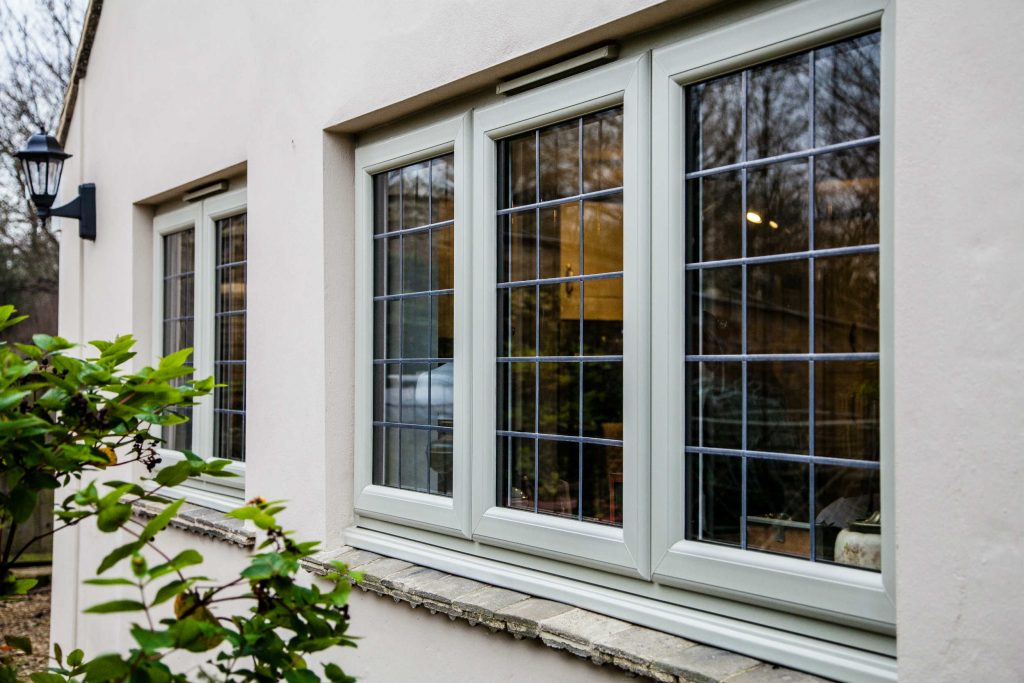All Categories
Featured
Table of Contents
Double Glazed Windows & Doors Melbourne & Sydney in Kenwick WA
Laminated glass is often used in locations in the home most susceptible to injury from human impact such as bathrooms, doors, around staircases and in locations near to the floor (it fulfills the requirements of 'shatterproof glass' that is mandated for use in these areas by Australian Standard AS 1288 Glass in buildings).
Toughened glass has been 'tempered' by being reheated and rapidly cooled again. This procedure makes it much more powerful than basic glass it can resist greater impact loads before breaking. It likewise makes it safer because, when it does shatter, it gets into many small cubic pieces instead of harmful fragments.
Home Window Glazing - Sustainability Victoria in Murdoch Western Australia
Nevertheless, toughened glass has no thermal or acoustic advantages over other glass of the same toning or thickness. Secondary glazing is where single-glazed windows are retrofitted with a transparent acrylic or glass sheet connected to the within the frame or openable sash with a secondary frame or with magnetic strips.


Secondary glazing will not perform too thermally as a manufactured IGU, because it is impossible to completely seal the boundary, but it can offer excellent noise control. Window movies are a thin polymer film consisting of an absorbing dye or reflective metal layer, with an adhesive backing. They adhere to your glazing to alter its colour or make it reflective.
Double Glazed Windows Sydney in Daglish Perth
Applied to existing glass, some window films can halve the general SHGC of the window by taking in and/or showing solar radiation. This can be particularly advantageous in hotter climates where cooling is the main issue, or on east and west elevations straight exposed to long periods of sunshine. However, window films may likewise decrease noticeable light transmittance.

For this reason, it is usually best to utilize an accredited installer of window film. Frames have a considerable effect on the thermal performance of windows and doors, because energy can be gotten and lost through the frame, along with through the glass. Various kinds of frame will permit different levels of heat gain and loss, so cautious option of frame is crucial for reliable passive design.
Does Double Glazing Reduce The Heat In Brisbane's Summer? in Marangaroo Perth
Aluminium is also an extremely great conductor of heat and will decrease the insulating value of a glazing system, unless specifically engineered to lower this. A 'thermally broken' frame is comprised of 2 aluminium sections connected by a structural insulator (typically a low-conductivity structural polymer). This 'breaks' the thermal connection through the aluminium and reduces the heat flowing through the frame.
Timber frames are an excellent natural insulator that can match some house styles. Lumber frames need to be made from species that have naturally high sturdiness or be treated to prevent decay and contortion.
Double Glazing Perth in Scarborough Western Australia
Nevertheless, this can lead to gaps that permit air seepage unless great draught sealing (weather condition removing) is installed. u, PVC is a form of plastic (unplasticised polyvinyl chloride, also called stiff PVC). u, PVC frames provide excellent thermal efficiency, typically better than wood or thermally broken aluminium. u, PVC is long enduring and needs very little upkeep, and can be moulded into complicated profiles that offer exceptional air seals.
u, PVC doors and windows have excellent thermal efficiency Image: Ben Wrigley (Light Home Architecture and Science) Composite frames utilize aluminium profiles on the external sections with either a timber or u, PVC inner area. These combine the low maintenance and sturdiness of aluminium with much enhanced thermal performance.
Table of Contents
Latest Posts
The Surprising Benefits Of Double Glazing In The Summer ... in Dalkeith Western Australia
Why Install Stunning Double Glazing Windows During Summer? in Glendalough WA
Double Glazing Windows in Osborne Park Perth
More
Latest Posts
The Surprising Benefits Of Double Glazing In The Summer ... in Dalkeith Western Australia
Why Install Stunning Double Glazing Windows During Summer? in Glendalough WA
Double Glazing Windows in Osborne Park Perth